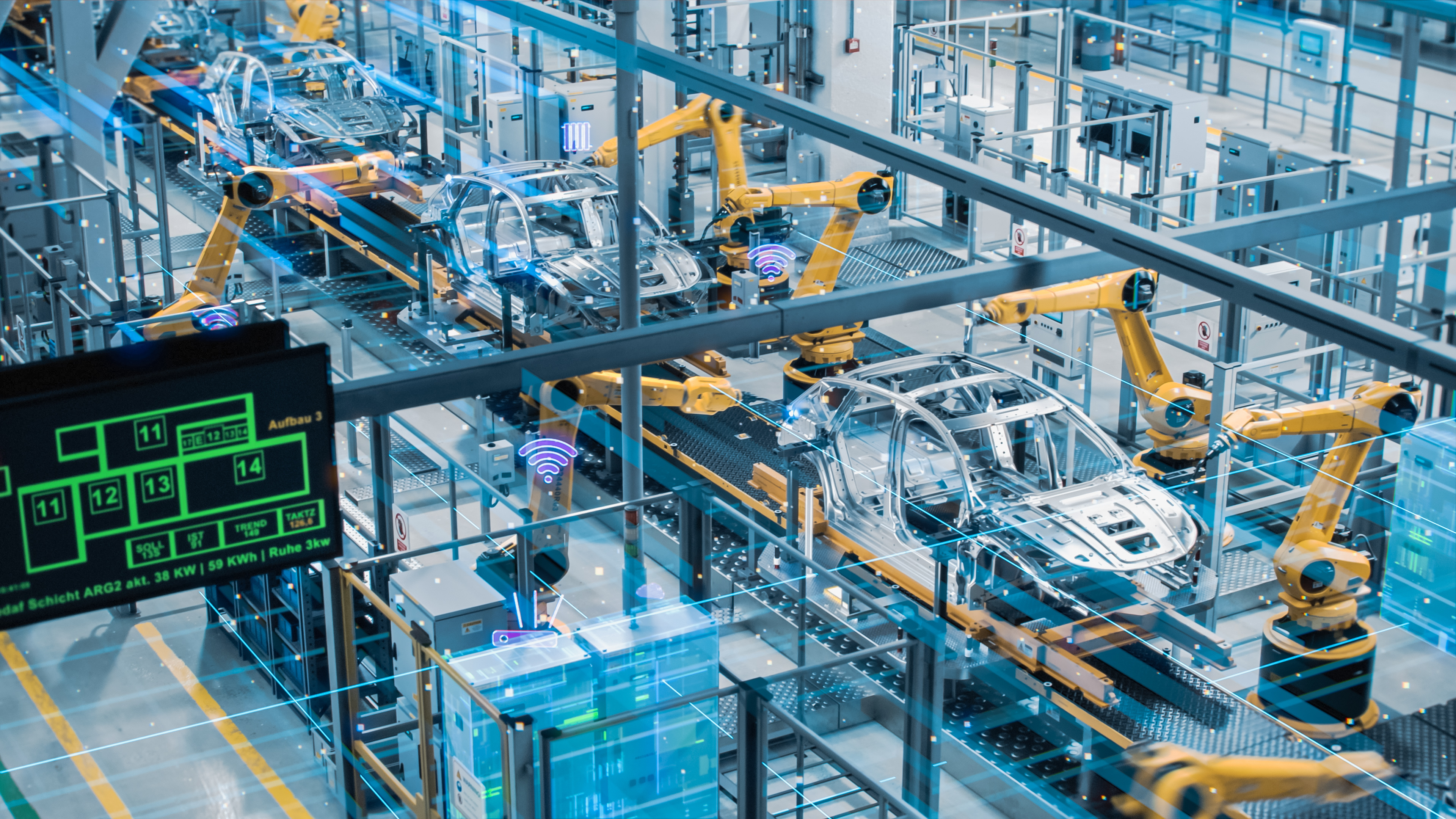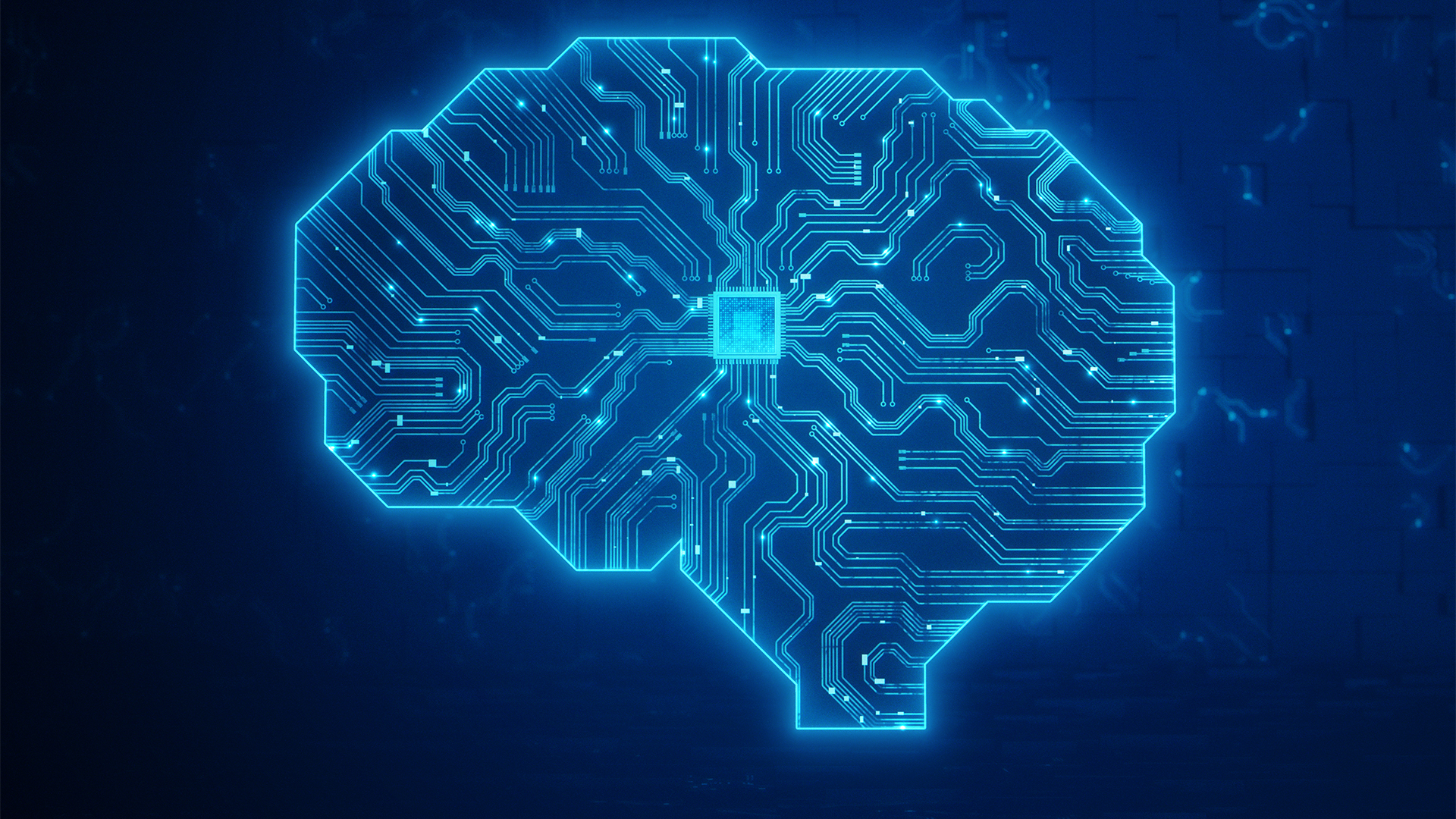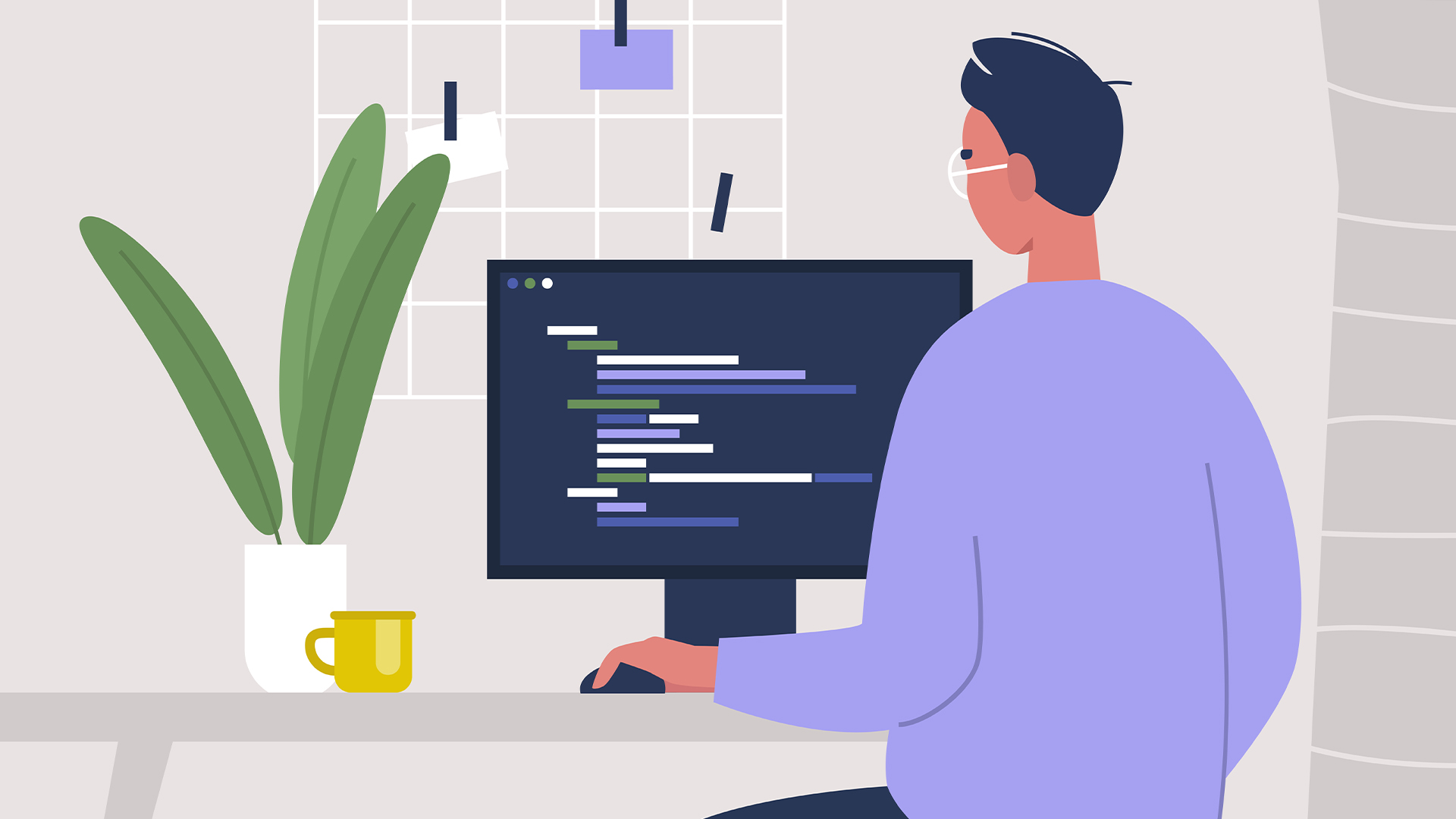How to build an intelligent foundation for the manufacturing sector
Manufacturing's future hinges on harnessing the power of industrial digital intelligence, with solid foundations integrating AI, automation and the IoT to overcome challenges.


The UK's manufacturing sector experienced a 0.4% decline in production output in November 2024, marking the third consecutive monthly decrease and reaching its lowest since May 2020.
This downturn reflects broader challenges across Europe's industrial landscape, with the eurozone's industrial output shrinking by 0.7% in 2024, a significant downgrade from previous forecasts. Despite these setbacks, industry leaders remain cautiously optimistic.
Clemens Fuest, president of the Ifo Institute, observed that the German economy is "increasingly falling into crisis," highlighting the urgency for strategic interventions to revitalize the sector. To navigate these turbulent times, manufacturers are increasingly turning to advanced technologies such as artificial intelligence (AI), automation, and the Internet of Things (IoT) to enhance operational efficiency and competitiveness.
Historical challenges in manufacturing
Over the past three decades, the manufacturing sector has encountered a series of challenges that have reshaped its landscape. A significant issue has been the offshoring of production to countries with lower labour costs, leading to domestic job losses and a decline in local manufacturing capabilities. This trend not only affected employment but also raised concerns about supply chain resilience and national security.
Technological advancements have played a pivotal role in addressing these challenges. The rise of automation and robotics has enabled manufacturers to enhance productivity and maintain competitiveness. For instance, the integration of advanced industrial robots—capable of operating autonomously and collaborating with human workers—has streamlined assembly processes and improved precision.
Moreover, the adoption of digital prototyping has revolutionized product development. By creating virtual models, manufacturers can simulate and test products before physical production, reducing time-to-market and minimizing costs associated with physical prototypes.
The emergence of smart manufacturing, characterized by the integration of cyber-physical systems and the IoT, has further transformed the industry. These technologies facilitate real-time data exchange between machinery and systems, enabling predictive maintenance and reducing unplanned downtime. For example, sensors embedded in equipment can monitor performance and predict potential failures, allowing for timely interventions and continuous operation.
Get the ITPro daily newsletter
Sign up today and you will receive a free copy of our Future Focus 2025 report - the leading guidance on AI, cybersecurity and other IT challenges as per 700+ senior executives
Current and emerging challenges
The manufacturing sector is currently navigating a complex landscape marked by significant challenges. Recent geopolitical tensions and changes in trade policies, such as the US imposition of tariffs on imports from key trading partners, have disrupted supply chains and increased production costs. Additionally, the sector faces labour shortages exacerbated by the retirement of experienced workers and a lack of interest among younger generations in manufacturing careers, which poses an obstacle to meeting production demands.
Technological advancements, including artificial intelligence (AI), automation, and the IoT, offer potential benefits for manufacturing, but integrating these technologies presents cybersecurity challenges. Increased connectivity elevates the risk of cyber threats, necessitating robust security measures to protect data and maintain operational integrity.
Furthermore, manufacturers are under increased pressure to adopt sustainable practices due to environmental regulations and societal expectations, requiring investments and strategic adjustments to transition to renewable energy sources and reduce carbon emissions.
Global competition is also intensifying, with initiatives like China's "Made in China 2025" plan aiming to position China as a leader in high-tech industries. This strategy challenges manufacturers worldwide to innovate and enhance productivity to maintain their market positions.
Addressing these challenges requires a comprehensive approach, including strategic policy interventions, investment in workforce development, robust cybersecurity measures, commitment to sustainable practices, and a focus on innovation to sustain competitiveness in the global market.
Leveraging technology for competitiveness
In the face of evolving challenges, the manufacturing sector is increasingly turning to advanced technologies to maintain and enhance competitiveness. AI has become a cornerstone in modern manufacturing, offering capabilities that extend beyond traditional automation. By analyzing vast amounts of data, AI systems can optimize production schedules, predict equipment failures, and improve quality control. For instance, companies like Standard Bots are developing AI-powered robots capable of learning tasks from humans and adapting to their environment, thereby enhancing operational efficiency.
The integration of robotics into manufacturing processes has significantly improved precision and productivity. Recent advancements have led to the development of humanoid robots designed to work alongside human workers. For example, BMW has collaborated with Figure Robotics to deploy a fleet of humanoid robots on their production lines, achieving a 400% increase in speed and the capability to perform 1,000 auto part placements per day with remarkable precision.
The IoT connects machinery, sensors, and systems, enabling real-time data exchange and monitoring across manufacturing operations. This connectivity facilitates predictive maintenance, reduces downtime, and enhances supply chain visibility.
Platforms like Siemens' Insights Hub, an industrial IoT-as-a-service solution, allow manufacturers to collect and analyze operational data, leading to informed decision-making and process optimization.
Digital twin technology creates virtual replicas of physical assets to optimize performance through simulation. Additive manufacturing, or 3D printing, enhances prototyping and production by rapidly creating complex components with minimal waste. Cloud computing offers scalable resources, enabling efficient data management and global collaboration, improving cybersecurity, and promoting agility and cost reduction.
Establishing an intelligent foundation in manufacturing
Establishing an intelligent foundation in manufacturing needs a multifaceted approach that integrates advanced technologies, fosters data-driven decision-making, and emphasizes continuous workforce development. By collecting and analyzing real-time data, manufacturers can optimize operations and inform strategic decisions, leading to enhanced efficiency and responsiveness.
The adoption of technologies such as AI, machine learning, and the IoT facilitates the creation of interconnected systems that boost productivity and adaptability. For instance, AI-powered assistants are now being deployed on factory floors to diagnose issues by analyzing vast amounts of data, streamlining operations and reducing human error. Concurrently, continuous training programs are essential to equip employees with the skills necessary to operate and maintain these advanced manufacturing technologies.
In China, companies like Tusk Robots and ABB Robotics China are actively training workers to operate new machinery, ensuring that the workforce can adapt to the changing technological landscape. Implementing small-scale pilot projects allows manufacturers to test and refine intelligent solutions before full-scale deployment, mitigating risks and facilitating smoother transitions.
Collaborative ecosystems, formed through partnerships with technology providers, research institutions, and other manufacturers, enable the sharing of knowledge and resources, accelerating innovation and effective implementation of intelligent manufacturing solutions.
Embracing an iterative approach of continuous improvement ensures that systems are regularly assessed and enhanced, allowing manufacturers to adapt to evolving challenges and opportunities in a dynamic market environment.
Rene Millman is a freelance writer and broadcaster who covers cybersecurity, AI, IoT, and the cloud. He also works as a contributing analyst at GigaOm and has previously worked as an analyst for Gartner covering the infrastructure market. He has made numerous television appearances to give his views and expertise on technology trends and companies that affect and shape our lives. You can follow Rene Millman on Twitter.
-
 Bigger salaries, more burnout: Is the CISO role in crisis?
Bigger salaries, more burnout: Is the CISO role in crisis?In-depth CISOs are more stressed than ever before – but why is this and what can be done?
By Kate O'Flaherty Published
-
 Cheap cyber crime kits can be bought on the dark web for less than $25
Cheap cyber crime kits can be bought on the dark web for less than $25News Research from NordVPN shows phishing kits are now widely available on the dark web and via messaging apps like Telegram, and are often selling for less than $25.
By Emma Woollacott Published
-
 ‘DIY’ agent platforms are big tech’s latest gambit to drive AI adoption
‘DIY’ agent platforms are big tech’s latest gambit to drive AI adoptionAnalysis The rise of 'DIY' agentic AI development platforms could enable big tech providers to drive AI adoption rates.
By George Fitzmaurice Published
-
 Application enablement in an AI world
Application enablement in an AI worldHow enterprises can tap into AI-fueled application enablement to build apps faster and deploy them while consuming fewer resources
By Keumars Afifi-Sabet Published
-
 Fit for artificial intelligence
Fit for artificial intelligencewhitepaper Ensure data availability to applications and services with hybrid cloud storage
By ITPro Published
-
 Fit for AI
Fit for AIwhitepaper Ensure data availability to applications and services with hybrid cloud storage
By ITPro Published
-
 What is AI-native cloud and what does it mean for business?
What is AI-native cloud and what does it mean for business?Supported Content Merging two important fields, AI-native cloud is a framework that will only become more popular as businesses ramp up the adoption of AI tools
By George Fitzmaurice Published
-
 How to build an intelligent foundation for the retail sector
How to build an intelligent foundation for the retail sectorSupported Content As the retail sector grapples with unprecedented challenges, industrial digital intelligence has become crucial to underpin survival and growth successfully
By Rene Millman Published
-
 How is the public sector harnessing AI for good?
How is the public sector harnessing AI for good?Supported Content From hospital wait time reductions to automating admin processes, AI is being used to create an intelligent foundation that powers digital transformation and delivers real value for staff and customers alike
By George Fitzmaurice Published
-
 Can robots work safely alongside humans? This one industry leader thinks we're not far away
Can robots work safely alongside humans? This one industry leader thinks we're not far awayNews Humanoid robots and people will be able to work truly side-by-side this year, according to the CEO of one leading robotics company.
By Nicole Kobie Published